Protecting children online is not only a problem for Vietnam but also a global challenge, requiring cooperation from many sides.
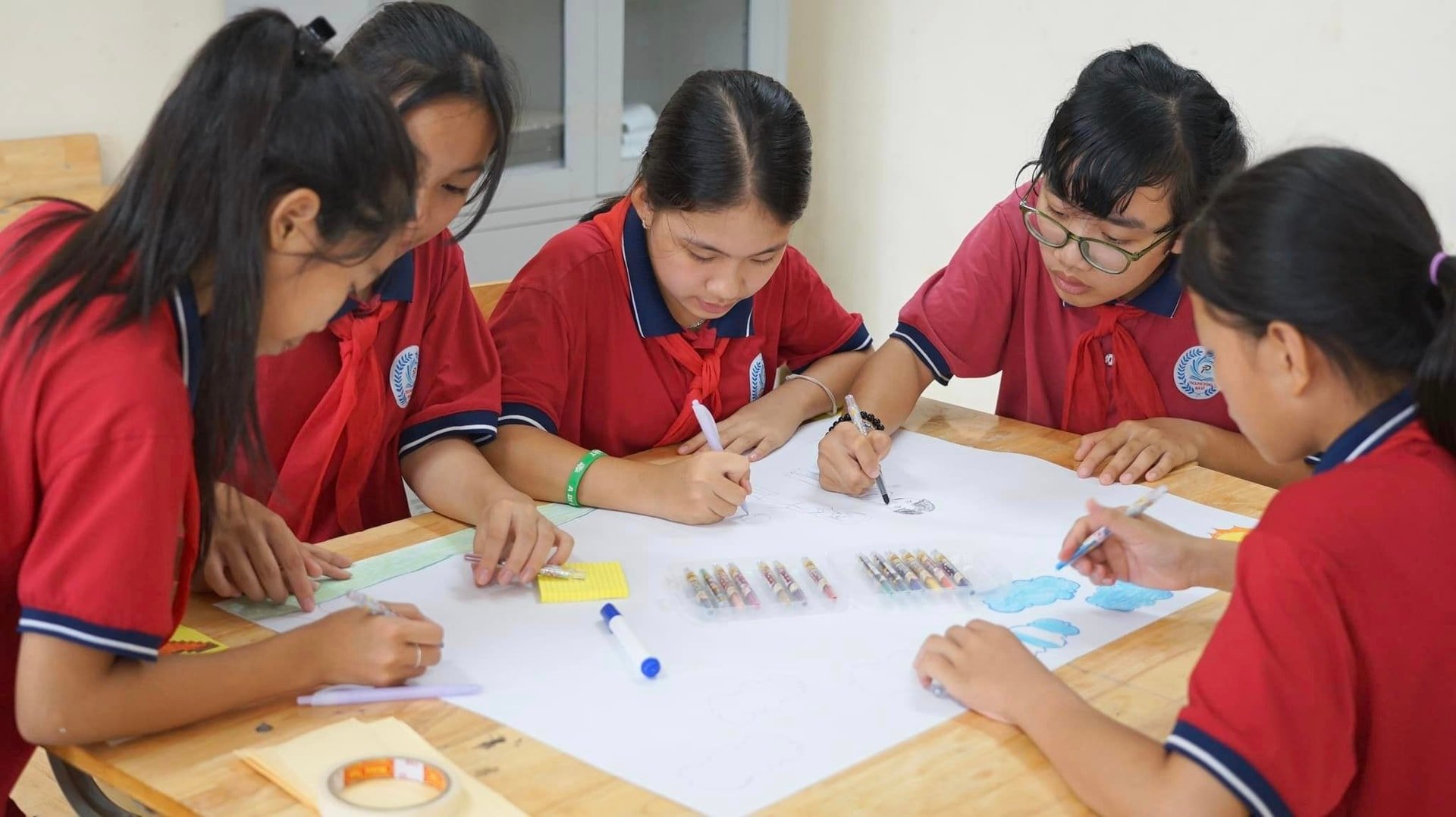
Children face many risks online
Last week, on the occasion of World Children's Day with the theme "Listening to the Future", the Management and Sustainable Development Institute (MSD) released the "Vietnam Children's Participation Assessment" Report 2024, also known as the "Voices of Vietnamese Children" survey report. This is a report conducted by MSD in 2024, sponsored by Save the Children International (SCI). The survey was conducted in 6 provinces and cities in the 3 regions of North - Central - South including: Yen Bai, Hanoi, Da Nang, Kon Tum, Ho Chi Minh City and Dong Thap from December 2023 to May 2024, with the participation of 831 children sharing their opinions.
According to the Report, in addition to the family, school, and community environments, the online environment plays an increasingly important role in children's lives. The survey results show that 83.9% of children use phones, of which smartphones account for 76%. 86.1% of surveyed children use social networks. 97% of surveyed children use phones from 1 hour/day, of which nearly 27% use phones from 5 hours/day. The largest purpose of use is entertainment including watching movies, listening to music... (86%). It is worth noting that the rate of children using social networks to improve their knowledge is the highest when compared to other channels including school, family, friends, seminars/forums because the ability to select/verify information/knowledge still has certain limitations.
At the workshop on “Promoting cooperation in protecting children in the online environment”, Ms. Dinh Thi Nhu Hoa - Head of Information Security Inspection Department - Vietnam Cyberspace Emergency Response Center stated that the increase in the number of children using the internet is leading to many dangers. According to Ms. Hoa, there are 5 typical dangers from the internet that can negatively impact children.
One is “Access to inappropriate information”: Children accessing dark web with bad content, or being exposed to cyber violence without early detection will affect their psychology, physical health and behavior. Two is “Disseminating and leaking private information, personal information of children”: Hundreds of individuals and organizations selling personal data have been discovered. Several large-scale data appropriation and trading lines in Vietnam have been discovered and handled. The amount of personal data illegally collected and traded has been up to thousands of GB of data, including many internal and sensitive personal data (Source: Ministry of Public Security).
Third is “Game addiction, social network addiction, internet addiction”: 70-80% of children aged 10-15 like to play online games, of which the rate of children addicted to games is about 10-15% (WHO data). Fourth is “Online bullying”: 51% of internet users, including 48% of adults and 54% of adolescents, said they had been involved in a “bullying incident”. 21% of respondents said they had been victims and 38% were bystanders or witnesses to bullying or harassment. Children aged 10-14 are usually the most bullied online (Microsoft research). Fifth is “Enticing, luring, harassing, defrauding... forcing to participate in illegal activities”: Online scammers have two main goals: financial fraud and other online fraud. Of these, 72.6% were direct financial scams, while 26.4% were various forms of online scams.
“If not detected early, this information will negatively affect children's psychology, physical health and behavior,” Ms. Hoa shared.
Connect, collaborate to protect children
According to Mr. Dang Vu Son - Vice President of Vietnam Information Security Association (VNISA): As the most vulnerable group, children face many risks because they do not have enough skills to identify and avoid risks on the Internet. This is not only a problem for Vietnam but also a global challenge.
Mr. Son believes that the "key" to solving challenges and bringing high efficiency in child protection in cyberspace is the connection and cooperation between relevant units and parties. The Information Security Association wishes to accompany state management agencies, international organizations and businesses in implementing initiatives to protect children in the cyber environment, to build a truly safe and sustainable cyber environment for the young generation.
According to Ms. Phan Thi Kim Lien (World Vision International Vietnam): On the internet, children are both users and content creators. Children can be victims and can also be perpetrators, partners in cases related to child abuse. The important issue is how to make children aware of negative influences online and take actions to protect themselves online.
Ms. Lien recommends that units and organizations need to strengthen coordination to raise awareness, capacity, role and responsibility of children when letting them interact on social networks; join hands to build a healthy network usage culture, promote culture, and form civilized network usage habits for children. Especially in the context of rapidly changing technology, units responsible for protecting children's rights need to research and experience children's behaviors and habits to make early detections and provide timely support when children encounter problems online.
Regarding this issue, Ms. Dinh Thi Nhu Hoa emphasized the importance of coordination between organizations, agencies and businesses in the work of protecting children in the online environment. According to her, this coordination is very necessary, legal documents clearly stipulate the responsibilities of organizations, agencies and businesses in the work of protecting children in cyberspace. The Law on Network Information Security (2015), Law on Children (2016), Law on Access to Information (2016), Law on Cyber Security (2018) all have specific provisions on the responsibilities of individuals, organizations and businesses in protecting children in cyberspace.
Mr. Nguyen Duc Huy, Vice Principal of Phu Dong Secondary School, Ba Vi, Hanoi said: In the current educational environment, when technology is developing, the rate of students participating in social networks is very high. There are cases of posting, even broadcasting sensitive images, school violence, insulting peers. Recognizing the importance of this, the school and teachers often spend time in class, talking to better understand the thoughts and aspirations of students, at the same time reminding and encouraging them to participate in healthy and safe social networks.
Source: https://daidoanket.vn/cach-nao-bao-ve-tre-em-tren-moi-truong-mang-10295130.html


![[Photo] Phuc Tho mulberry season – Sweet fruit from green agriculture](https://vstatic.vietnam.vn/vietnam/resource/IMAGE/2025/4/10/1710a51d63c84a5a92de1b9b4caaf3e5)
![[Photo] Summary of parade practice in preparation for the April 30th celebration](https://vstatic.vietnam.vn/vietnam/resource/IMAGE/2025/4/11/78cfee0f2cc045b387ff1a4362b5950f)

![[Photo] Prime Minister Pham Minh Chinh chairs meeting to discuss tax solutions for Vietnam's import and export goods](https://vstatic.vietnam.vn/vietnam/resource/IMAGE/2025/4/10/19b9ed81ca2940b79fb8a0b9ccef539a)

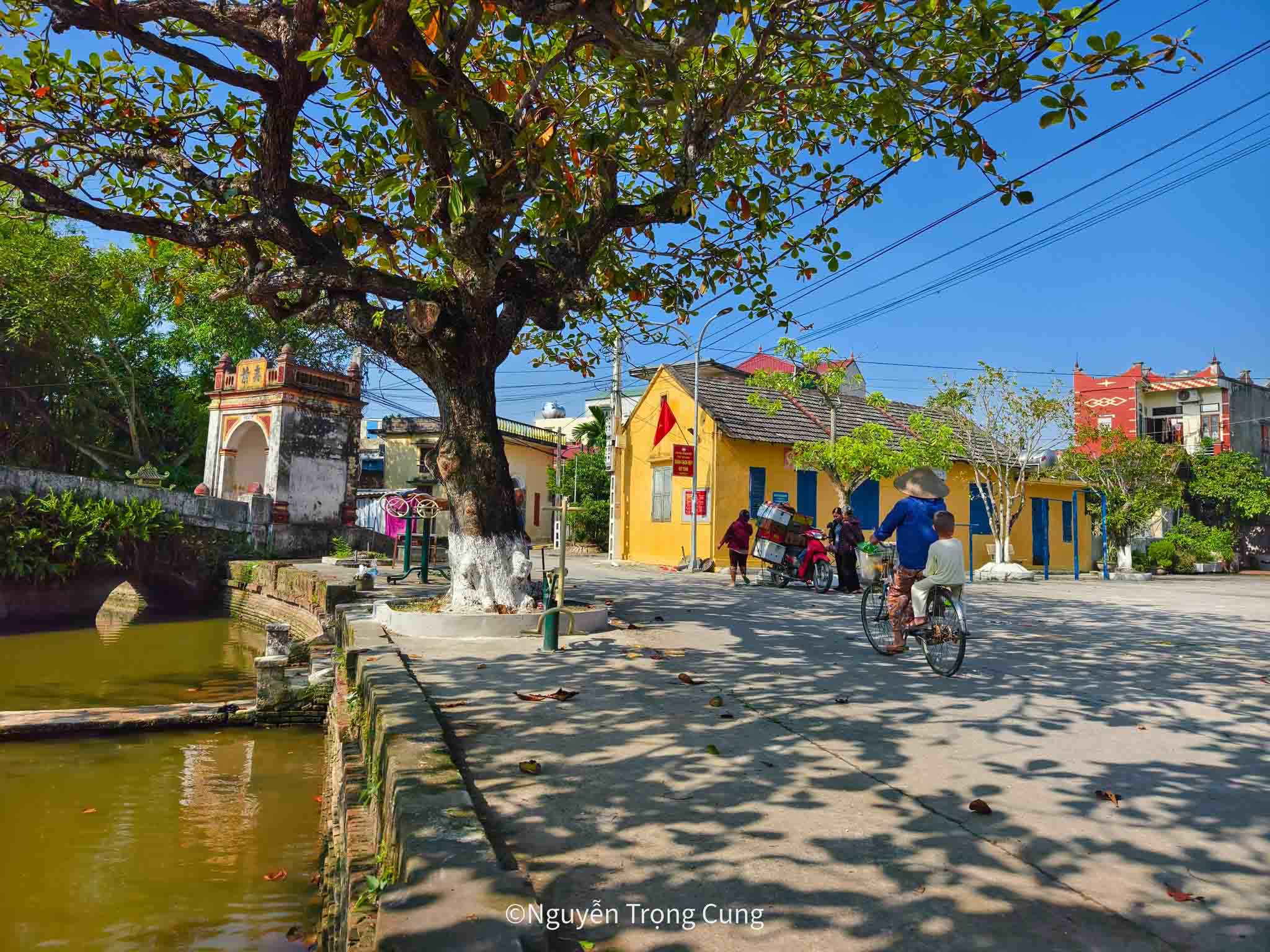
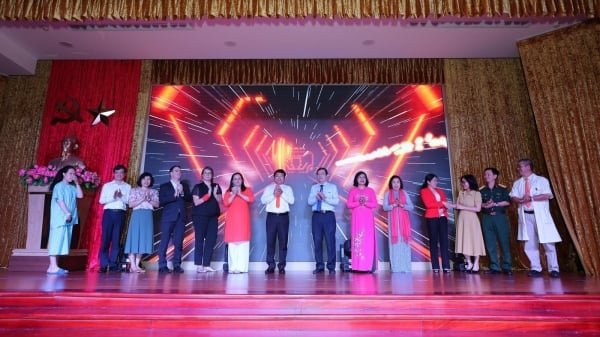



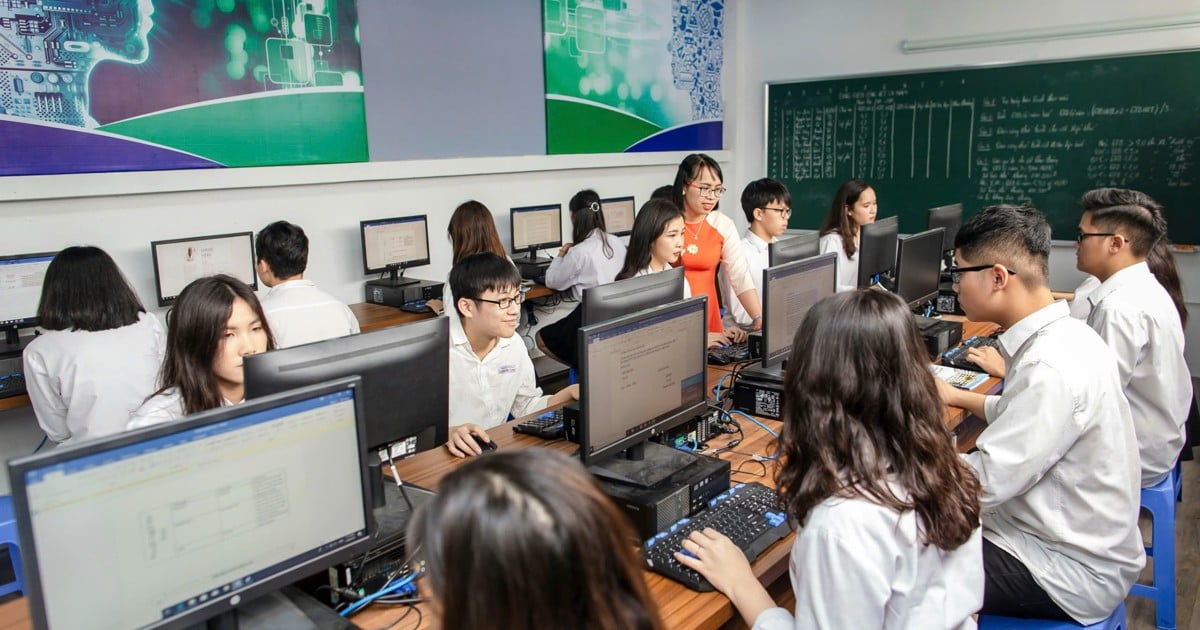

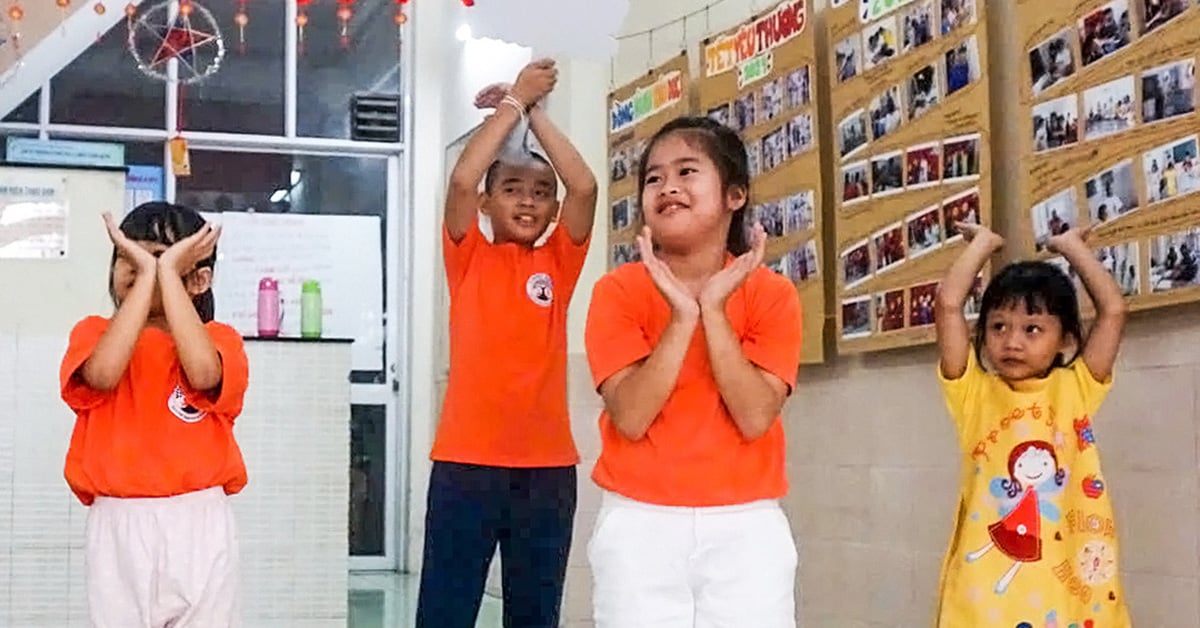

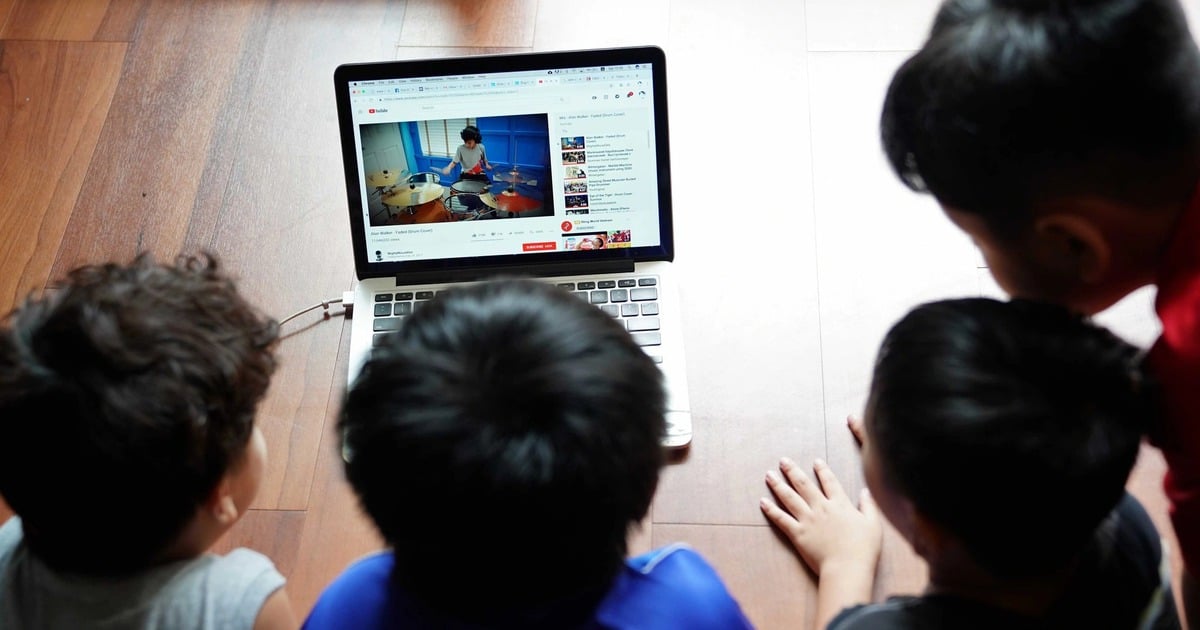

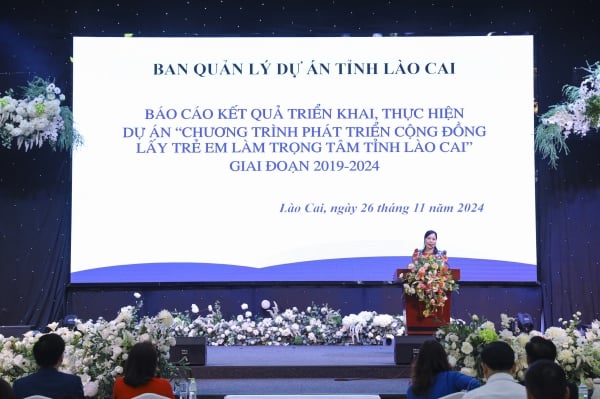
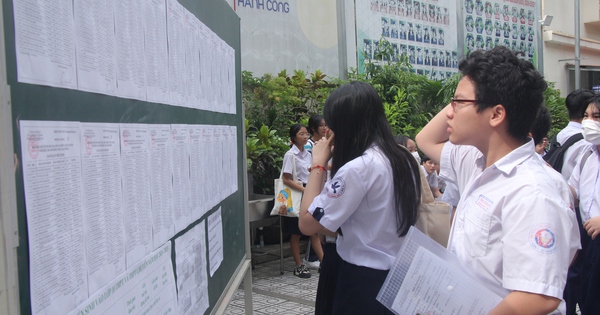
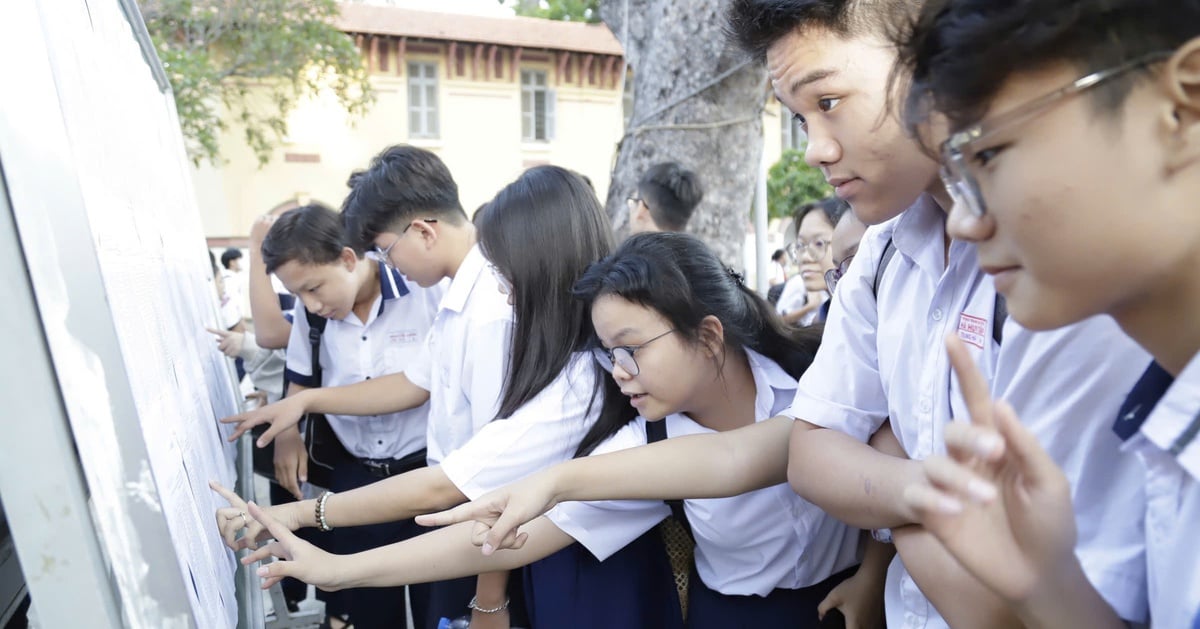
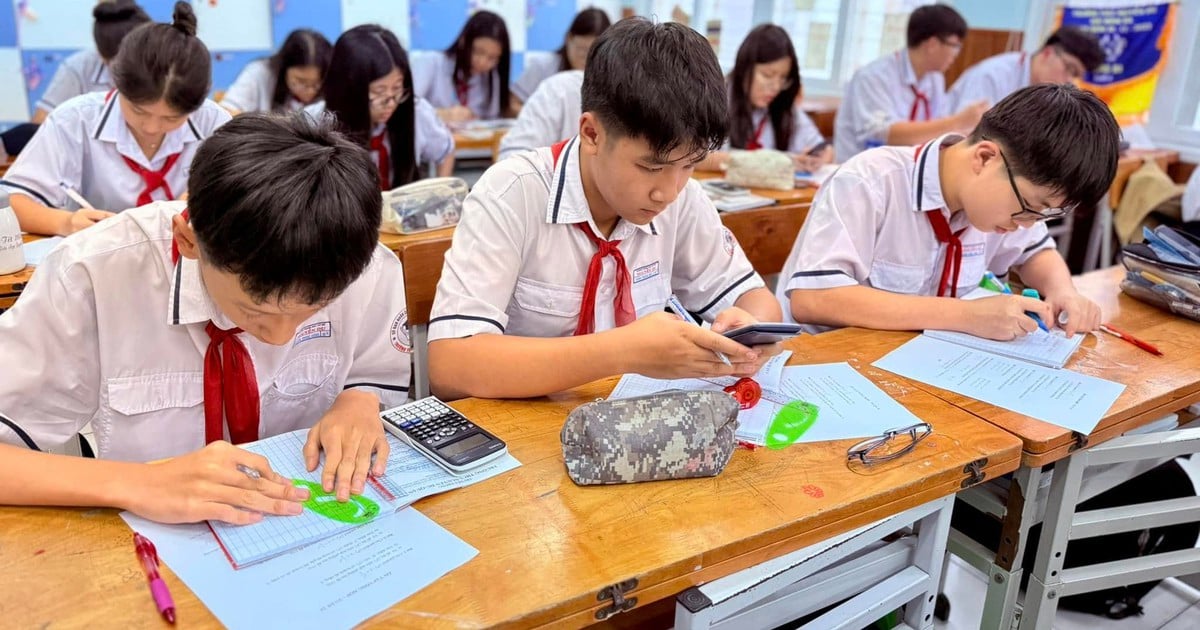
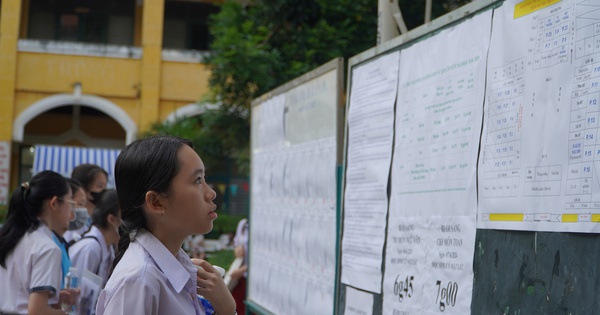
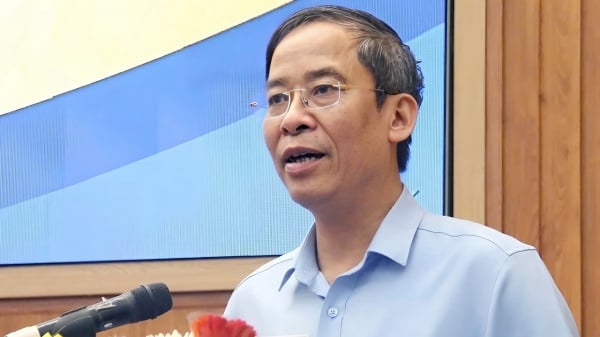
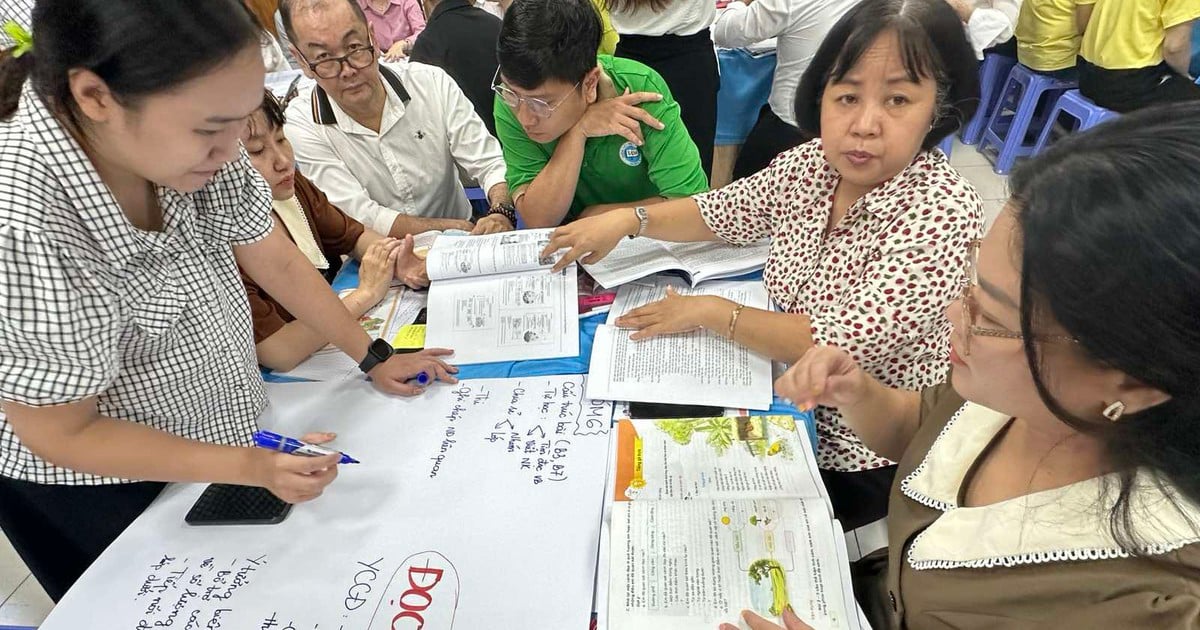





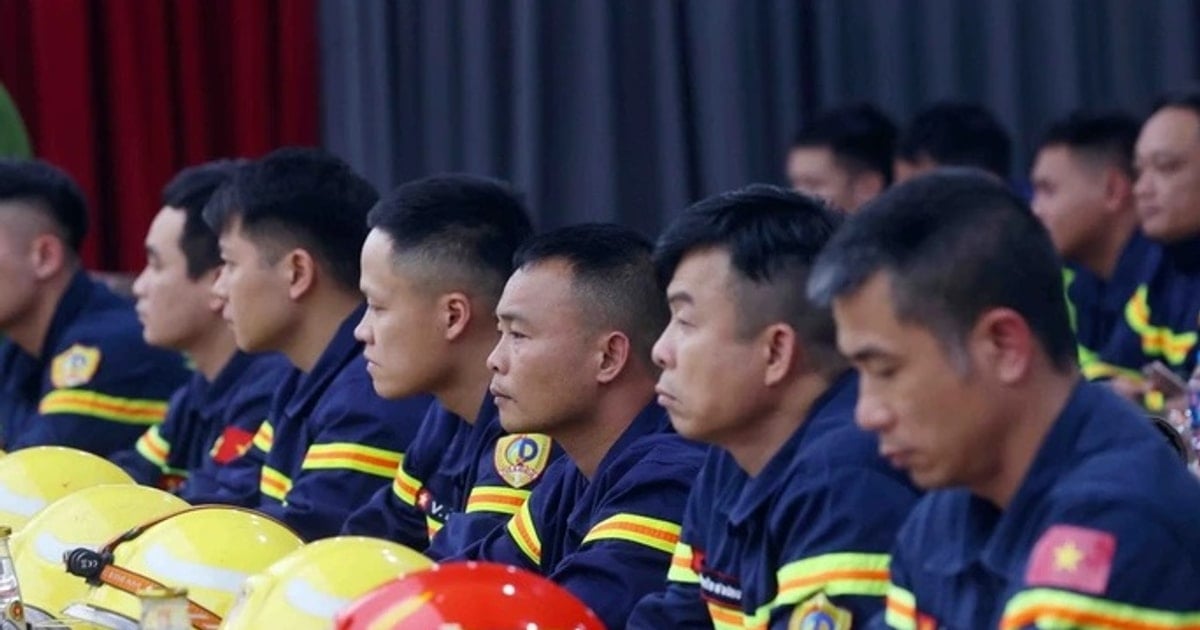
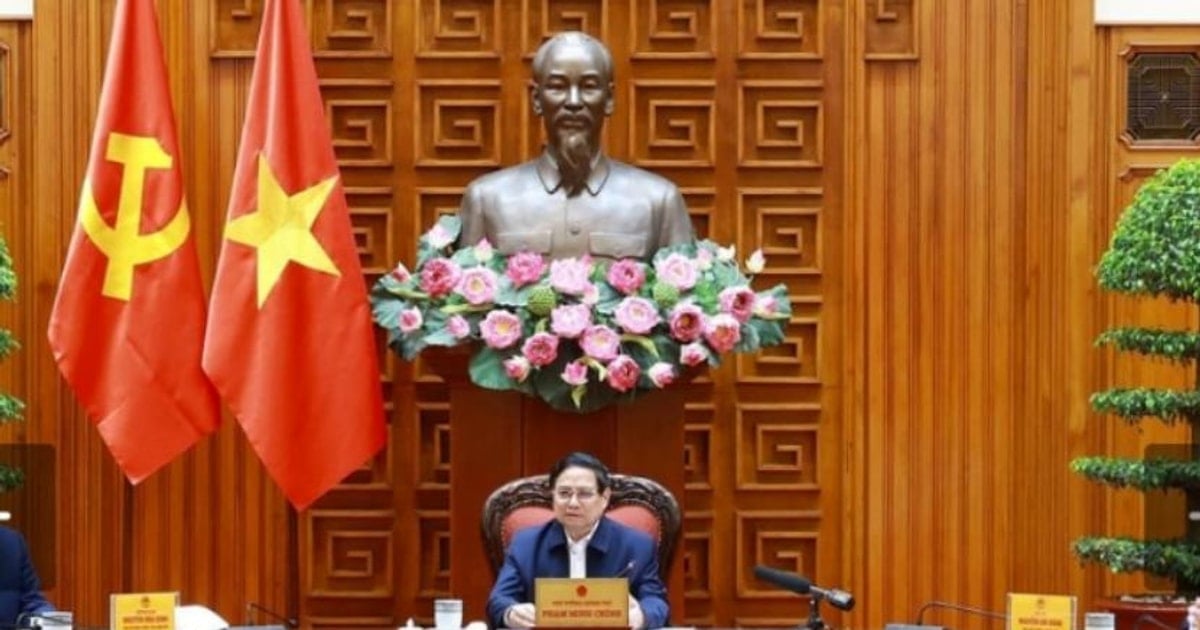

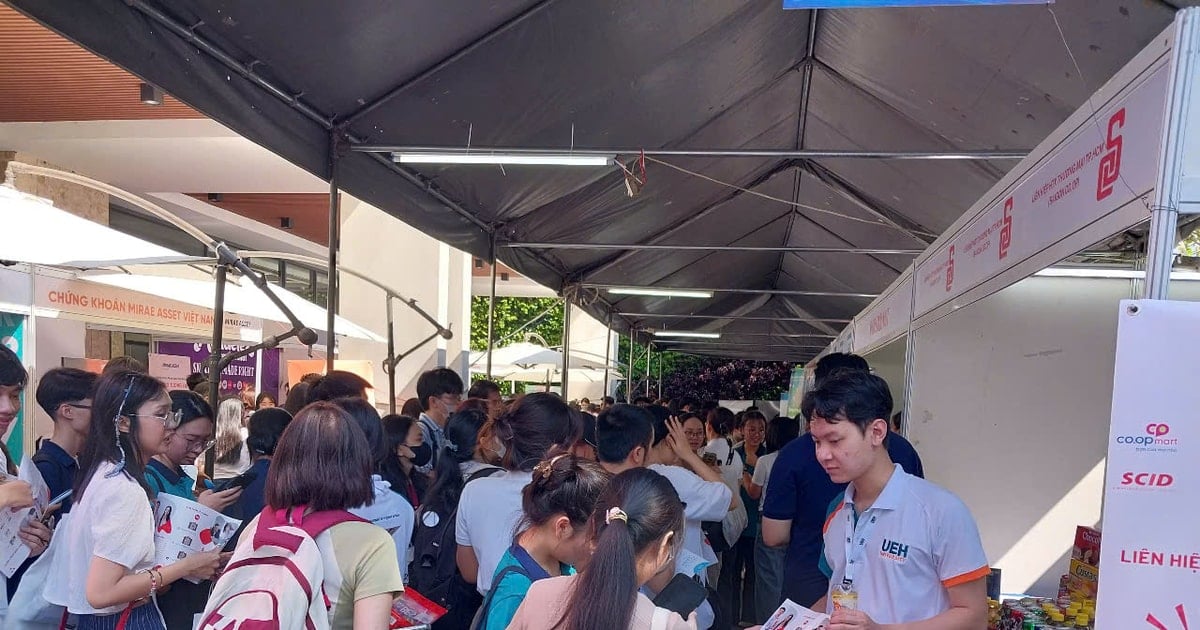
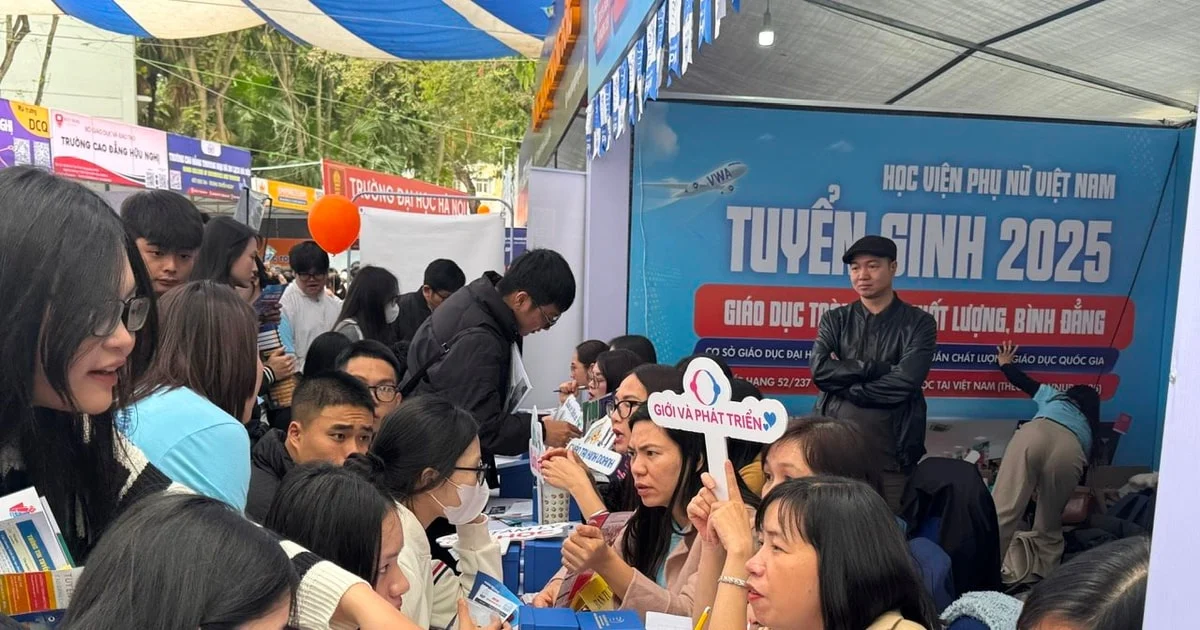



























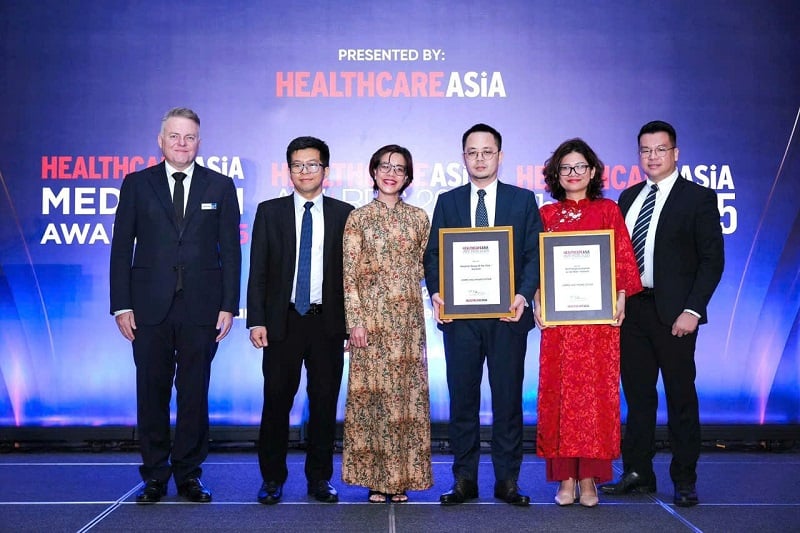

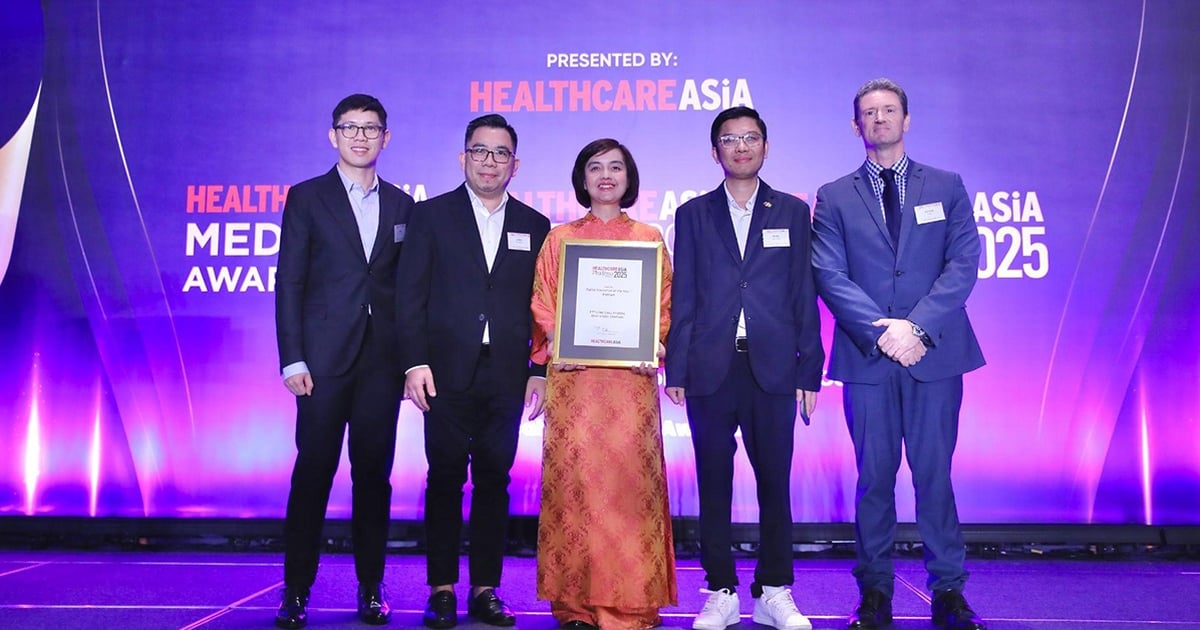


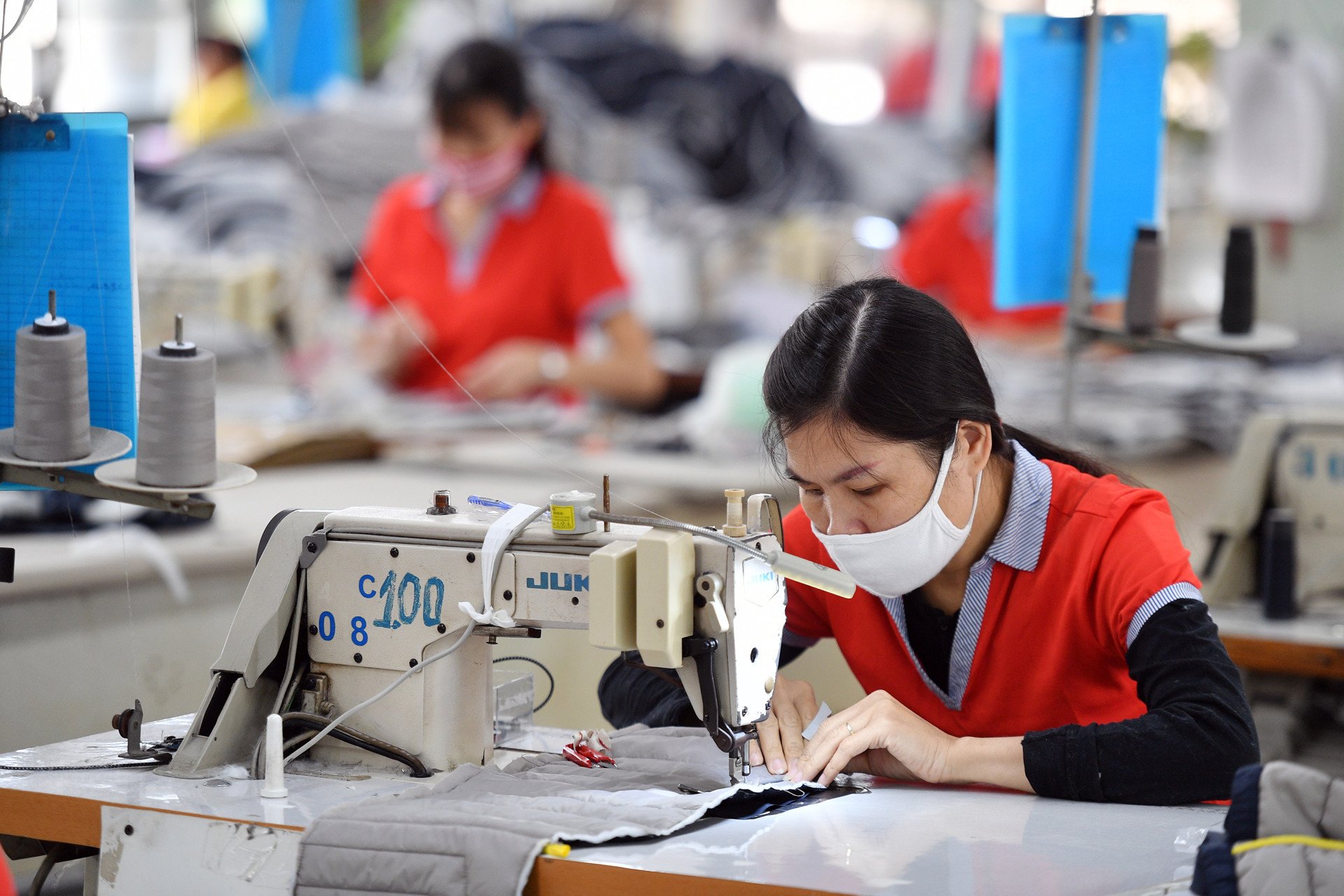


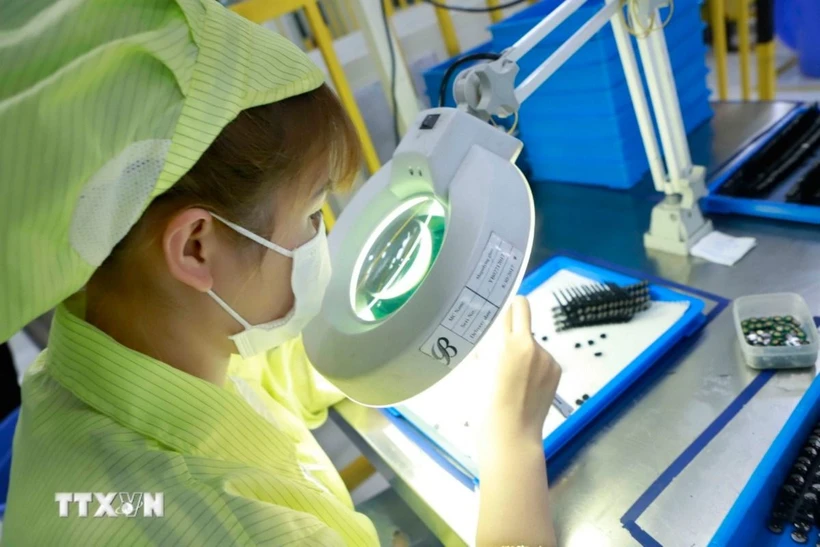
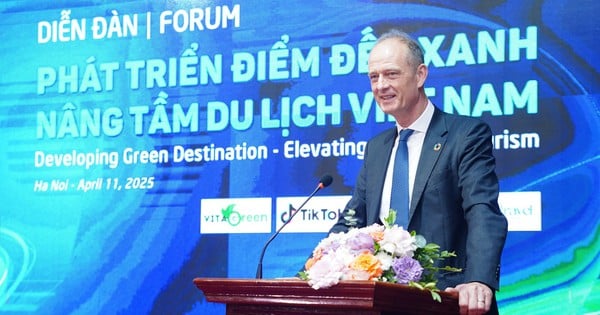






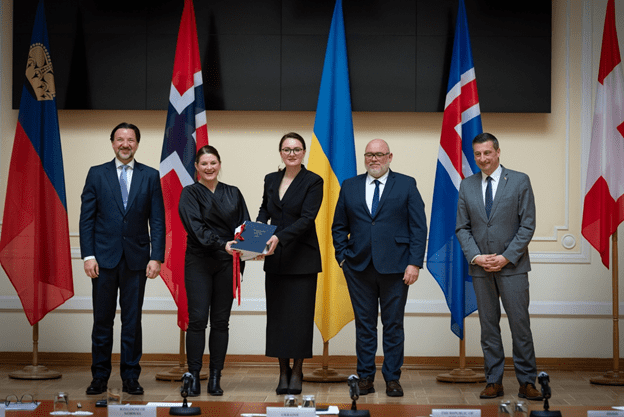
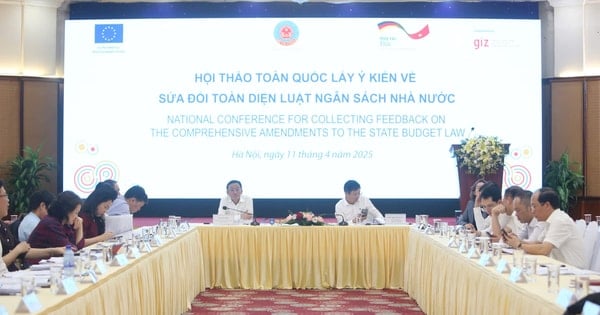

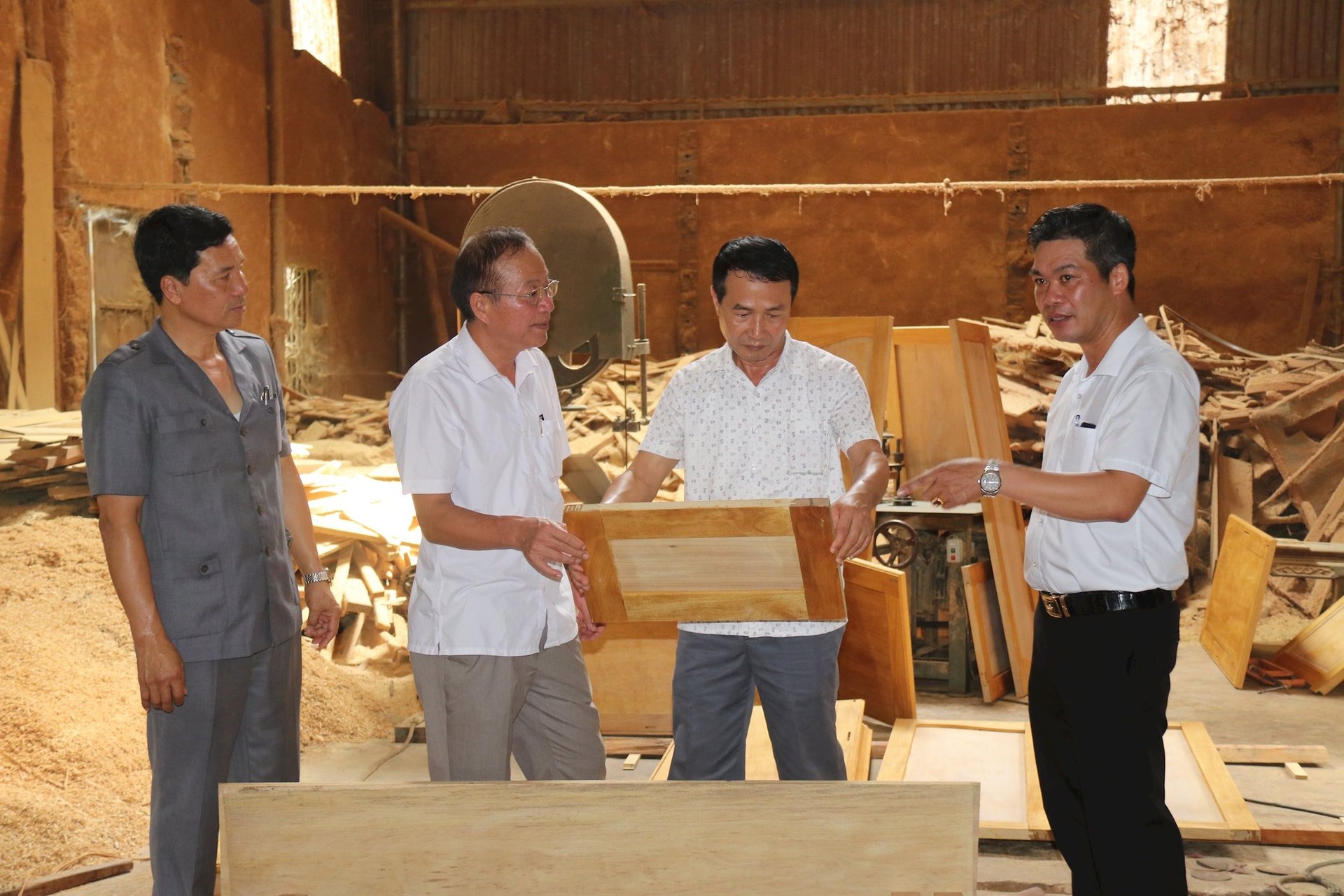

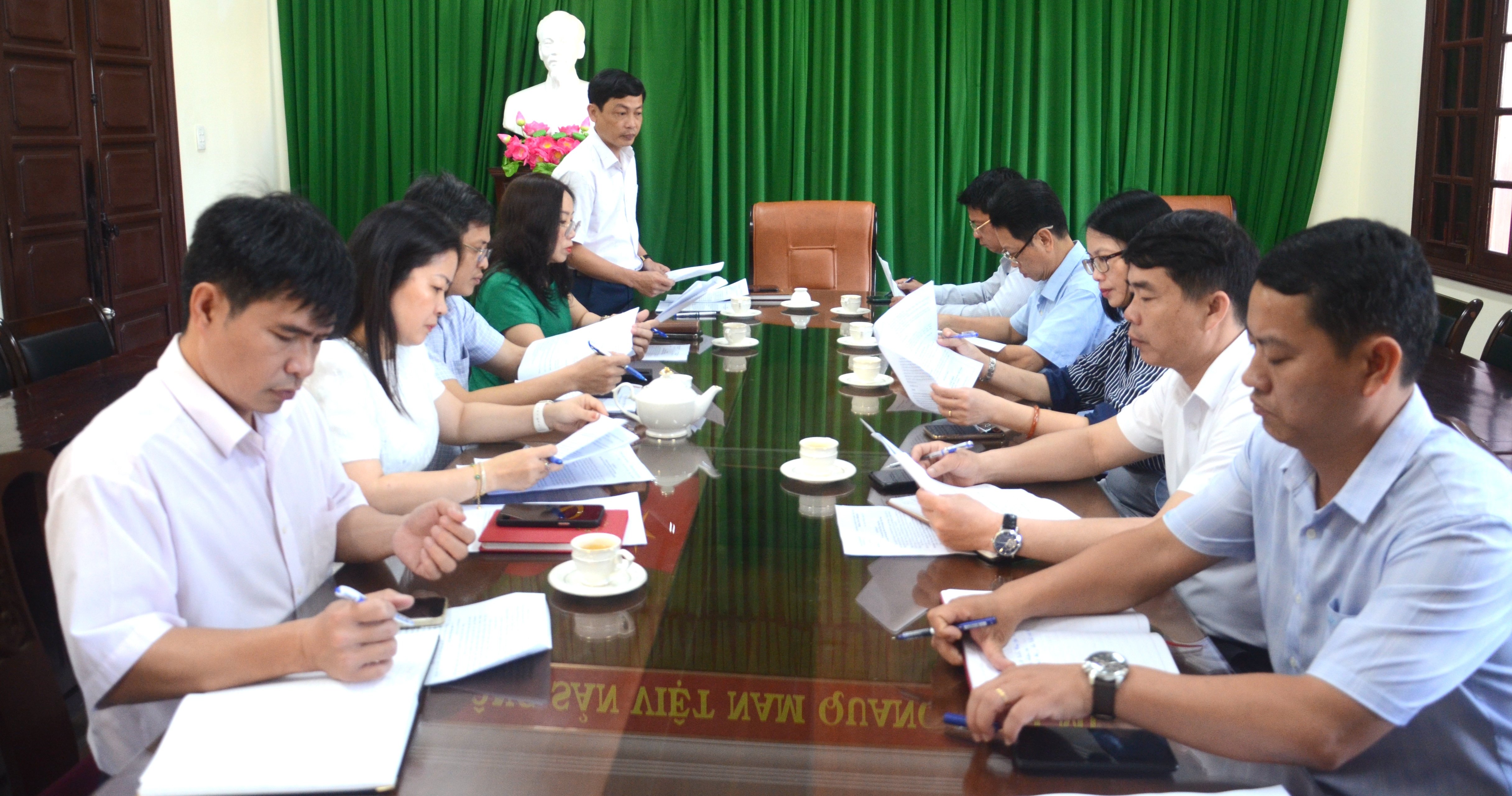

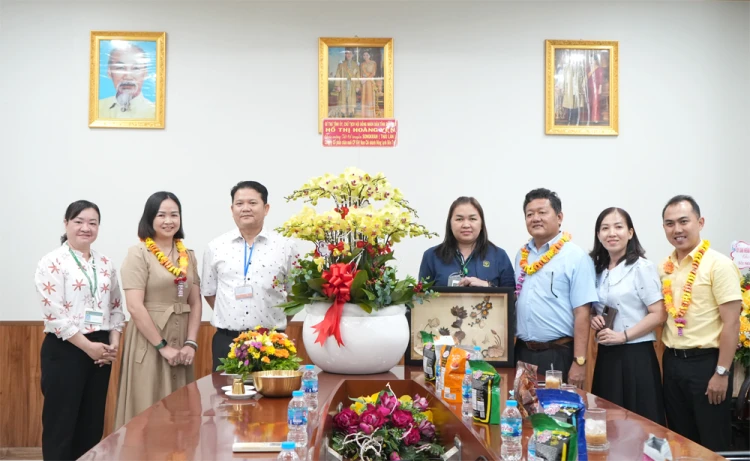

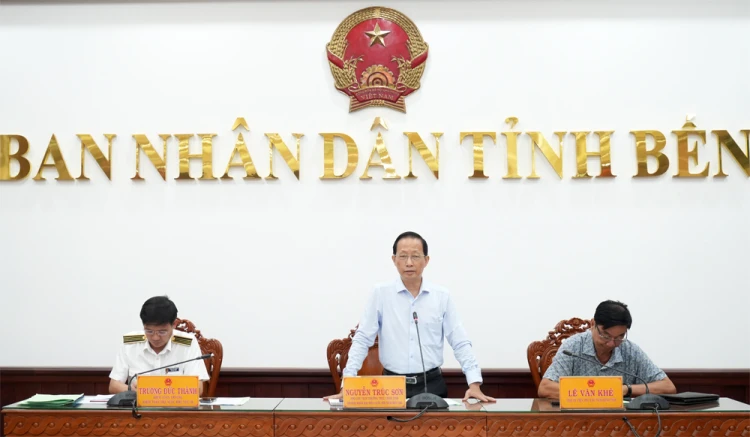
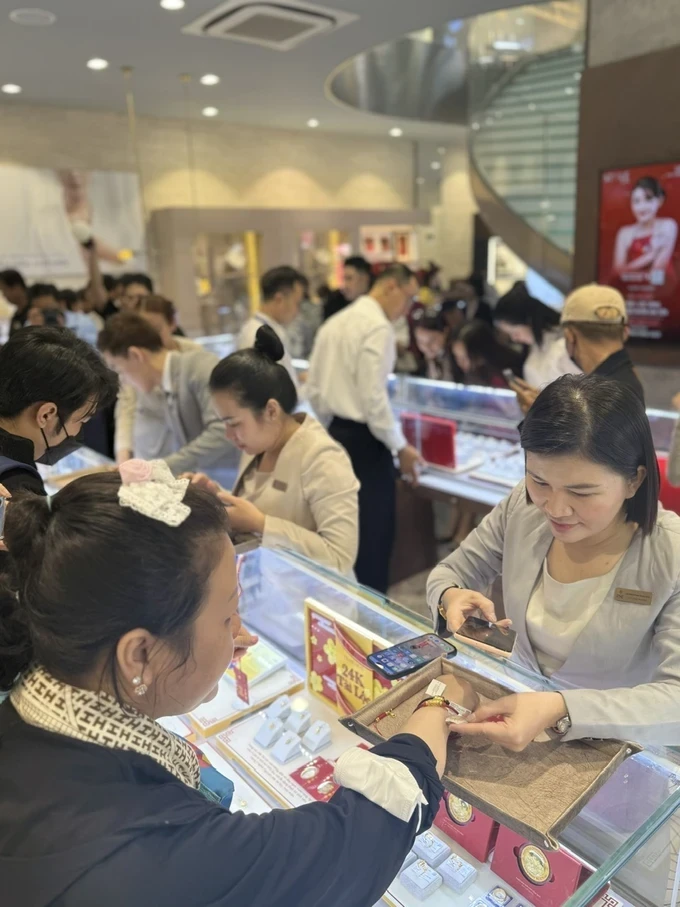




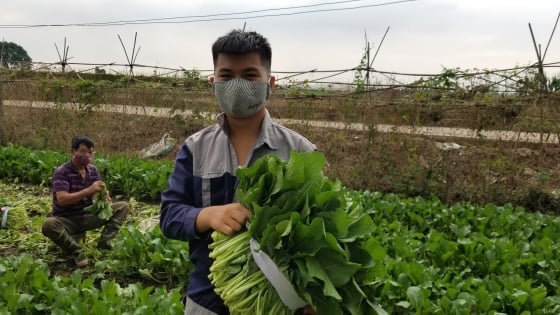



Comment (0)